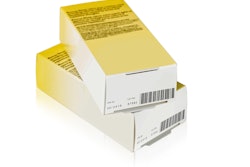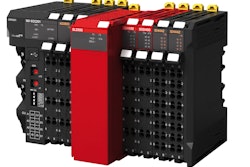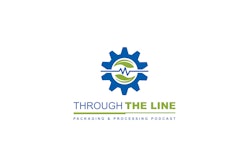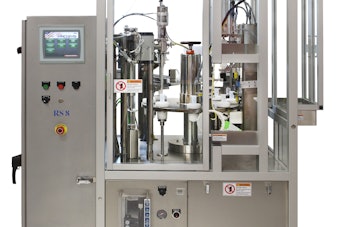Project stewardship must include standardized policies and procedures—even standardized dashboards—to clearly communicate goals and measure progress.
Experts stress flexibility and accommodating change when necessary. Project managers must balance resource allocation internally, define ROI, manage procurement and contracts, define scope of the project, and schedule events throughout the life cycle of the project.
The serialization project has to be viewed as a single program project in scope, not as a series of independent projects.
Project leaders must have access to the entire network, comprehend all areas of change, develop reusable elements that can be shared across other lines and plants, and prove the solution for all possible formats and use cases.
Get early input and buy-in from all stakeholders and prepare them for the long haul. Pilot tests can take up to a full year!
Consulting resourses are growing scarce. You must encourage your team to start now.
Begin by assessing where you are today. Experts warn NOT to start at the equipment layer because data solution choices may then be unintentionally constrained.
Define business and user requirements specifications (URS) first, without respect to specific solutions or vendors, and map vendor solutions into the requirements to compare and score the solutions. Leverage a nonvendor resource to develop the URS tailored to your business practices. This technique helps identify gaps, and the URS can form the basis for future regulatory validation.
Start at the enterprise level to determine what information will be required from each machine, line, and plant. Leverage standards to ensure compatability between the needed systems and with your contracted partners.
It is generally accepted that the machine layer conversion is easier to execute than setting up the data sharing portion of the project.
Be realistic with timelines. From a risk management perspective, unless you have already locked in contracts and have signed commitments, you may not be able to meet current deadlines.
With literally hundreds of manufacturers gearing up to comply with California e-pedigree, there may very well be a shortage of partners who can help you with information architecture to manage both internal and external information flows, packaging line upgrades, line software, interfacing with ERP, etc.
Consider that solution providers will tend to focus on their systems and may not identify gaps between their system and other needed systems. It may be prudent to have solutions and workflows created by the solution provider reviewed by independent subject-matter experts with serialization project experience.
Your initial pilot can take up to one year. And while the process will get more efficient on successive deployments, you may still run into unforeseen circumstances at the next line or plant—often caused by older equipment, outdated software, or a reluctant team.
Let’s begin by learning from those pioneers who have already cut the long trail to implementing serialization.
Liked this article? Download the entire playbook here.





















